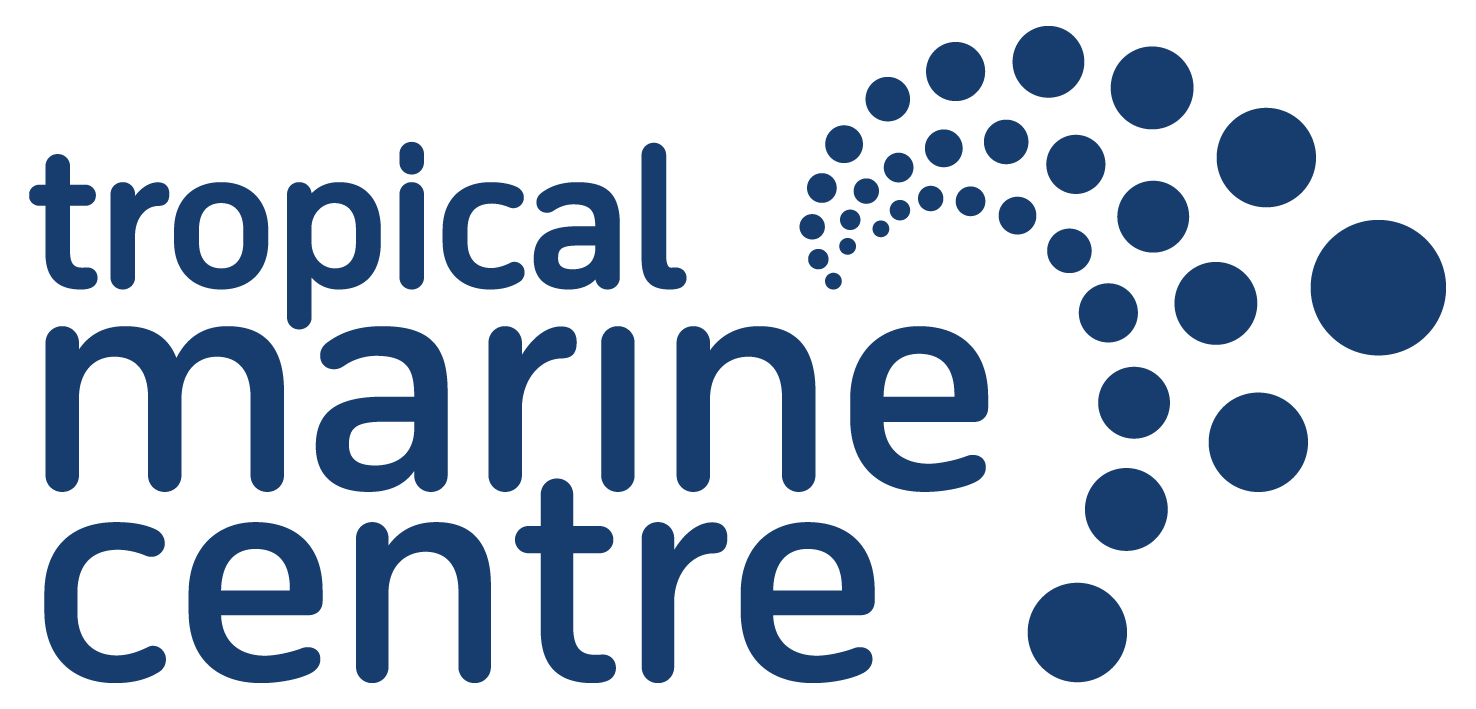




As part of the industry we feel it is important to be engaged with the scientific community and those looking for answers on the social economical impact of our activity but also those who are interested on the conservation aspects of specific species of our industry. Trying to find data is difficult without the support of the industry and despite general belief to those who are serious and objective in their studies we do have a long history of collaboration and support.
During the past six months we have been working with Project Seahorse, reviewing the positive and negative impacts of listing this wonderful aquatic species in CITES. We have collaborated with Project seahorse founders even before its conception back in the 90s. It is interesting to cross paths again.
Covid has brought with it, its challenges but we manage to hold various online meetings where we shared information from our business and volume in trade in Seahorses since they were listed on CITES almost twenty years ago.
Although the official complete report is not yet available it will be very interesting to compare official data on this animal trade globally with the data the whole trade has supplied for this project.
Looking at initial research results from our own data, we were not surprised to see that the aquarium trade does not have an impact in the conservation of the species and pales in comparison to other industries such as Curio or tradicional Chinese medicine.
Captive Breeding is a great step forward for our industry and TMC as many know plays an important part to promote its importance in the future of the trade, but we cannot forget about all the positive impacts we also have in well managed short supply chain fisheries which present no danger or ecological impact.
TMC has done over 20 ‘world firsts’ in breeding fish in our hatchery and we are continuing to help many businesses around the world in their efforts to understand the biology of many species. We are incredibly supportive of any tank raised initiatives and this remains a priority in our business as well as supporting many of our supply lines who sustainably collect specimens throughout the world.
Sourcing livestock should also be respectful of the biological heritage of the animals. This is generally accepted and described extensively in the Nagoya protocol celebrated by various countries around the world. It did come as a surprise to see that the listing of these species in CITES has promoted captive breeding closer to home in both Europe and US but had the detrimental impact in communities and fisheries that depended on these species. This meant that the trade sources very little to no seahorses from their original countries which ultimately has a devastating impact in local communities and their economies and not really solving the conservation concerns present in the first place.
The increased complexity of a bureaucratic system has its consequences and does trigger over time natural reactions from the market and this should be taken into consideration on whatever system is used to monitor trade. Industry cannot and is not against scrutiny over their data but increased bureaucratic complexity on the search of that data will ultimately lead to a different reaction than initial desired. It would be important to not only design a more modern way of collection data but also one that does not stop or slow trade altogether.
The listing of these species in CITES did not only bring a needed conservation awareness on them but also highly affected and shaped the industry and the way it sources its animals. Seahorse trade used to happen in very low numbers out of 19 different source countries around the world. Impact from aquarium trade in the UK and Europe was notoriously low.
Seahorses in Europe are currently sourced mainly from local European farms due to the high administrative complexity of sourcing licenses export and import licenses from various countries when importing from third countries (original countries where they occur in the wild).
It surprisingly does come to light when looking at 20 years of data, that an interesting aspect of captive breeding - often not spoken about - is the impact it has on local communities around the world. These communities are often unable to supply their captive bred animals to the aquarium trade due to the complexities of CITES, pushing the local breeders to supply other easier access industries that feed into more damaging practices such as curio or even traditional Chinese medicine – the main reason why CITES wants list this species in the first place.
If you are interested in more information about CITES and its impact in the world a recent study has been done which we thought to be interesting to share.
Here at Tropical Marine Centre we are always happy to collaborate with any researcher, serious non profit or governmental institutions about animal welfare, sustainability and any issues regarding our impact in the world as a business and as an industry.
If you wish to contact us please do so via our website or email [email protected] and [email protected]
Other useful links:
CITES - https://cites.org/eng
Nagoya protocol - https://www.cbd.int/abs/
